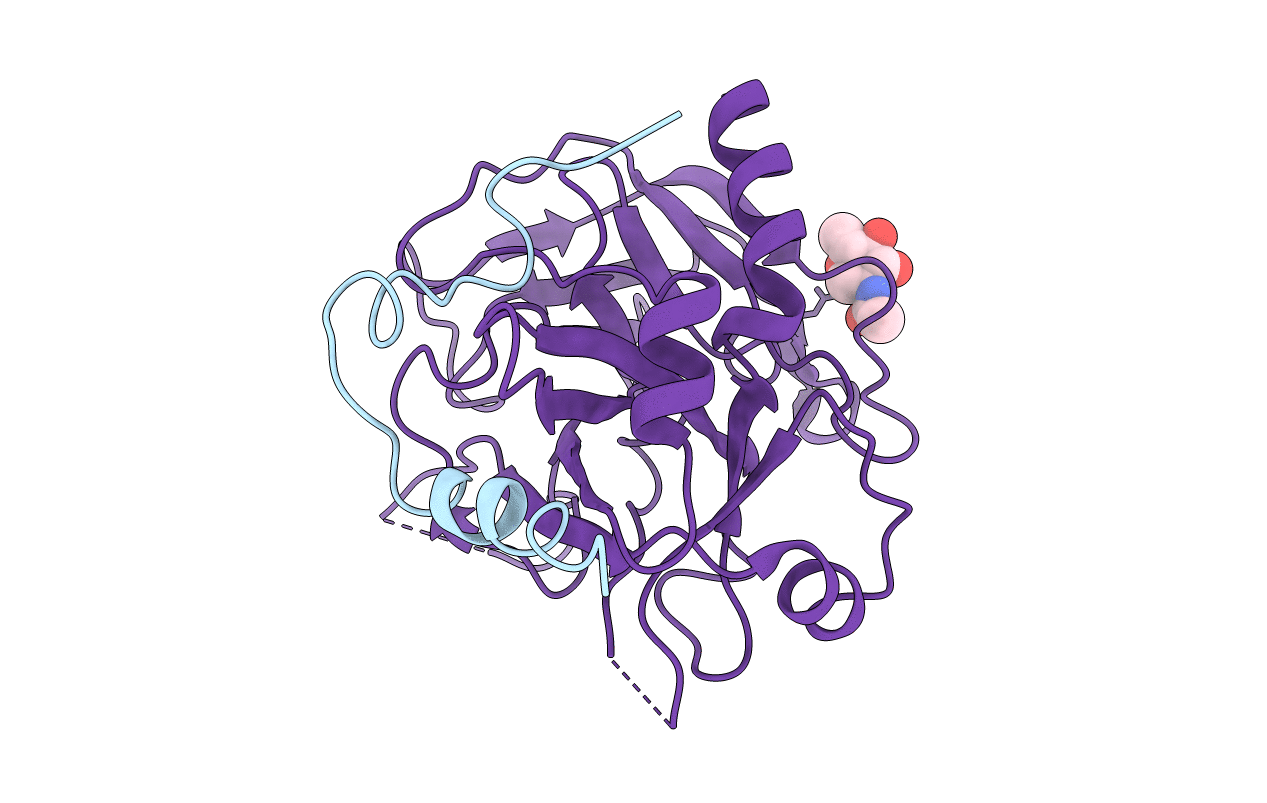
Deposition Date
2019-07-26
Release Date
2019-12-18
Last Version Date
2024-11-20
Method Details:
Experimental Method:
Resolution:
2.80 Å
R-Value Free:
0.29
R-Value Work:
0.25
R-Value Observed:
0.26
Space Group:
P 41 21 2


